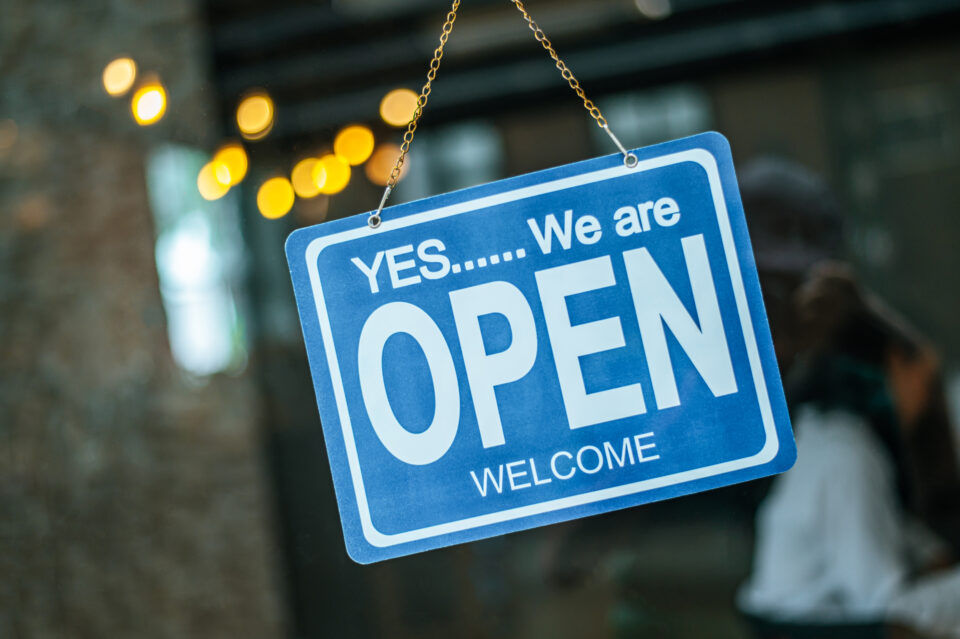
E-Invoicing and Its Geopolitical Stakes
France’s electronic invoicing reform relies on a Y-architecture, where Partner Dematerialization Providers (PDPs) play a central role in issuing and…
Generix partners with VISEO to help customers navigate complex e-invoicing regulations and optimize digital transformation journeys View the press release

As travel has become more difficult since the Covid-19 pandemic, purchasing behavior has developed in favor of proximity. Everyone has been re-centered around their “home” and repositioned around their city, region, or country. This strong demand for proximity has, in fact, led to reconsidering points of sale as vectors of reasoned consumption.
With a broader vision, stores with local stock are able to juggle physical and digital commerce thanks to e-booking. This definitely classifies the point of sale as a phygital approach.
From the supply perspective, the principle of marketplaces is developing more and more. With a greater diversity of products, retailers can respond more broadly to the needs of their customers: either with their own products or through a partner catalogue. Be cautious, however, and avoid confusing customers by working with questionable or suspicious sites. Furthermore, well-being is taken into account, pushing consumers to look for quality and eco-friendly or healthy products. This direction implies a policy of promoting quality offers, both in terms of navigating vendor sites, as well as the in-store experience.
The aim here is for companies to:
While the evolution of the health crisis remains unpredictable, customer loyalty has become a major issue for retailers. What was once simple to implement through almost equivalent systems becomes more complicated when wanting to stand out.
Benefits remain a loyalty tool but must be complemented by a notion of consumer ownership and involvement. To do this, retailers can:
When it comes to loyalty today, it is essential to move away from the traditional “earn-and-burn” methods of awarding points to be transformed into benefits in order to move towards a more personalized relationship with customers.
At the point of sale, it is essential to help the customer choose their products and to offer them the same flexibility as online sales. Online ordering is a real comfort solution for the customer. It allows them to reserve a product on-site or from a distance, makes it available to the customer in the store or in another point of sale, informs the customer of its availability in real time, or even have it delivered at home.
It is even possible now to link the order to a meeting with an advisor via appointment. This one-on-one meeting helps support the client in their purchase, and for the brand to work on the upsell and cross-sell axes.
In the same way, offering tutorials or workshops can also be beneficial, as Leroy Merlin does through its DIY tutorials, or Cultura teaches in its creative workshops.
Ultimately, online sales will always be successful in the end. However, a brand that is not a pure e-commerce player can gain notoriety by capitalizing on the synergy between physical and simple digital commerce. In any case, there must be no gap between the two modes of purchase, and access to offers should be totally consistent between the different sales methods.

France’s electronic invoicing reform relies on a Y-architecture, where Partner Dematerialization Providers (PDPs) play a central role in issuing and…

The B2B mandate in Germany, set to take effect on January 1, 2025, marks a crucial step in the European…

Following the October 15 announcement regarding the abandonment of the PPF development, the DGFIP and its partner AIFE are ramping…

Work with our team to build your ideal supply chain software stack and tailor it to your unique business needs.